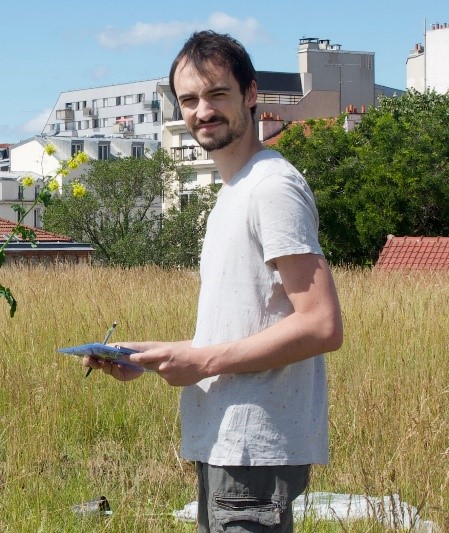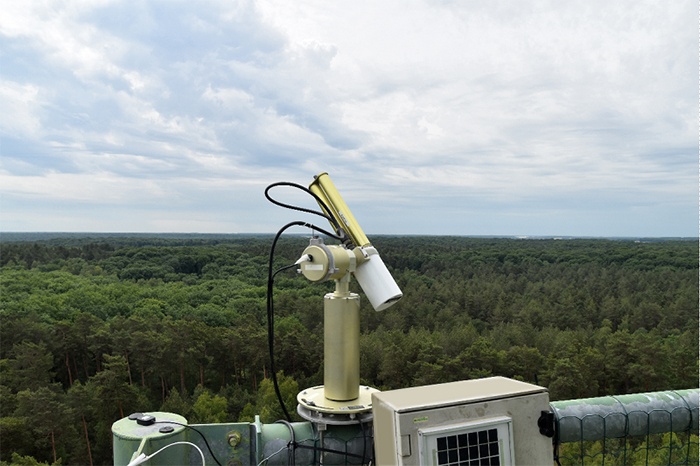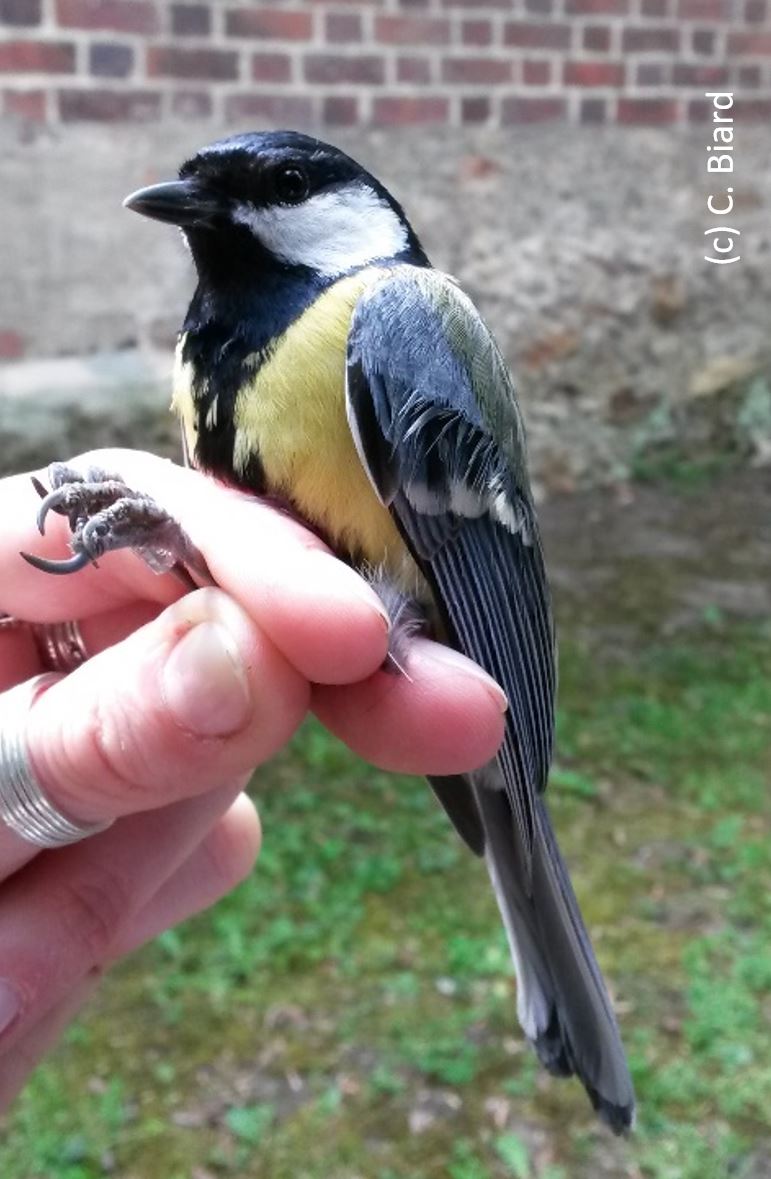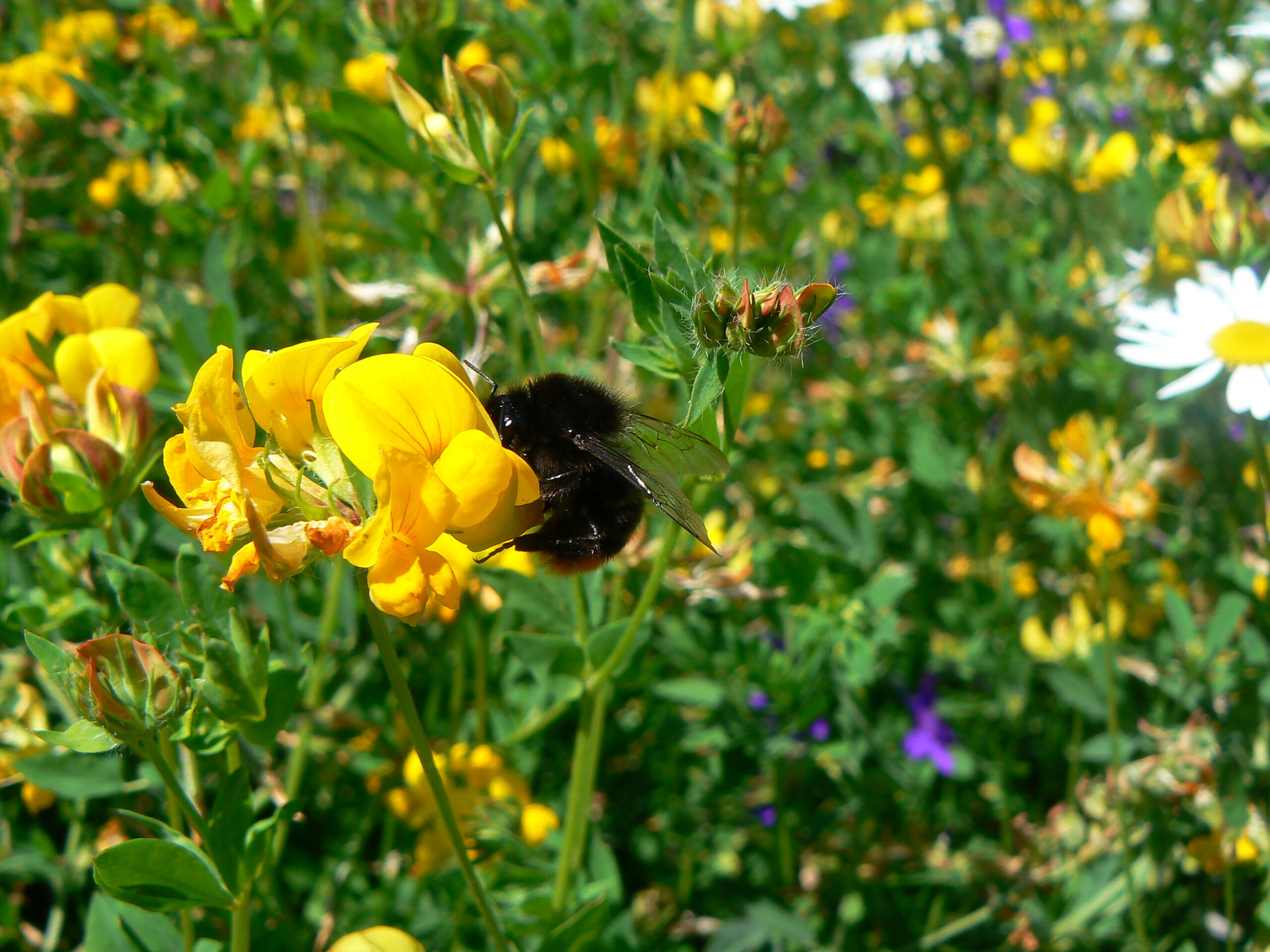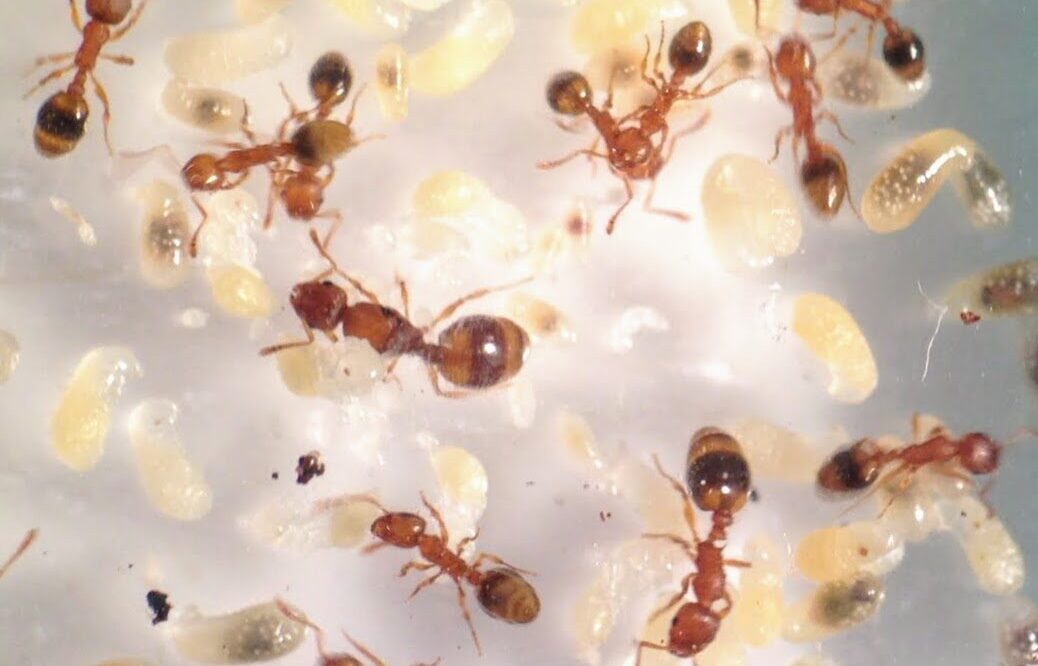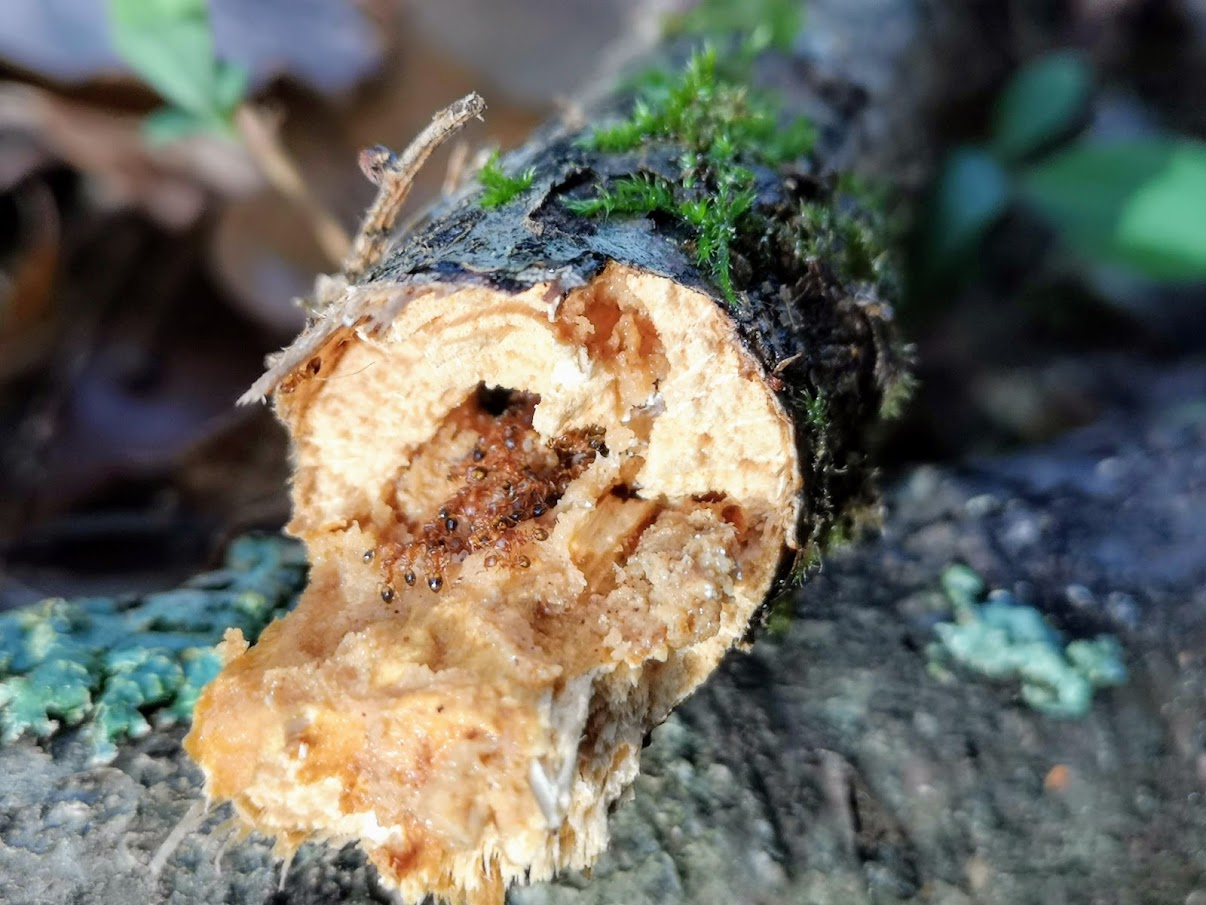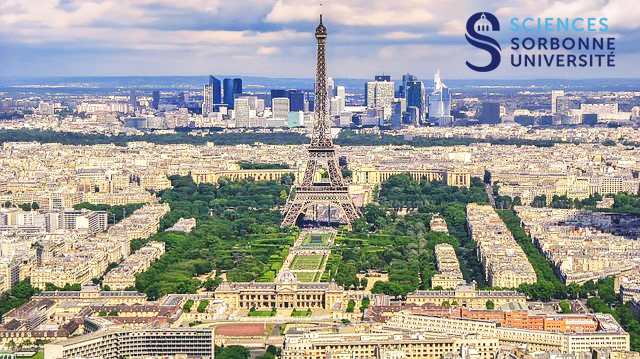Arthur FAUVIAU, PhD Student of ITE Sorbonne Université, Team EERI of Department DCFE Invites you to the defense of his thesis: « Abeilles sauvages et pollinisation en milieux urbanisés : approches expérimentales et méta-analytiques à grande échelle » The jury will be composed of: Emmanuelle BAUDRY – Professeure Université Paris Sud Bertrand SCHATZ – Directeur de Recherche […]
Lire la suite / Read more
Changes in air quality in urban and peri-urban areas; the impact of climate change on cities; the contribution of cities to greenhouse gas emissions; the effects of urban environments on extreme weather events, and the links between cities and the health of their inhabitants are all issues that will be examined by the ten scientific […]
Lire la suite / Read more
As part of a partnership with the City of Paris, several members of the laboratory (Basile Finand, Céline Bocquet, Pierre Federici, Thibaud Monnin et Nicolas Loeuille (“EERI” Team of “DCFE” Department and “ESEAE” Team of “EcoEvo” Department) sample the soil fauna and in particular the ants in the Parisian green spaces. To popularize and explain this […]
Lire la suite / Read more
Great tits living in cities are genetically different from great tits in the countryside. This is what researchers have found in a unique study, where they examined populations of great tits in nine large European cities.
The researchers compared the city bird genes with the genes of their relatives in the countryside. It did not matter if the great tits lived in Milan, Malmö or Madrid: in order to handle an environment created by humans, the birds evolved in a similar way.
Lire la suite / Read more
Urbanization changes the composition of pollinating insect communities. But who are the winners and losers of this
environmental filter? Vincent Zaninotto and his collaborators attempt to answer this question in an article published
in the journal Insects, comparing the diversity of pollinators in natural environments and in Parisian green spaces.
Lire la suite / Read more
Urban and forest colonies of the ant Temnothorax nylanderi respond differently to pollution?
Lire la suite / Read more
In the city, the seasonal patterns of activity of insect pollinators could be disturbed by the urban microclimate as well as by the presence of ornamental flora. To study this phenomenon, Vincent Zaninotto and his collaborators monitored the activity of insect pollinators in Paris and in the natural environment, from late winter to autumn. In […]
Lire la suite / Read more
City life could lead to differential evolution between urban and forest populations. Aurelie Khimoun and her collaborators showed, in their article published in Biology Letters, that urban populations of the tiny acorn ant are surprisingly not genetically differentiated from forest populations, suggesting expansion and lack of isolation. However, some genes display traces of selection that point towards an adaptation to the urban environment.
Lire la suite / Read more
For more than 10 years, the City of Paris and the Institute of Ecology and Environmental Sciences of Paris have been collaborating on various issues of urban ecology. From these multiform collaborations at the interface between fundamental research and concrete techniques for the management of urban environments, several advances have been made on both scientific […]
Lire la suite / Read more
